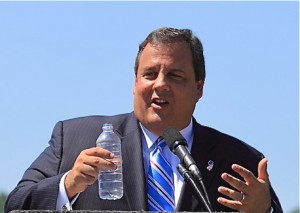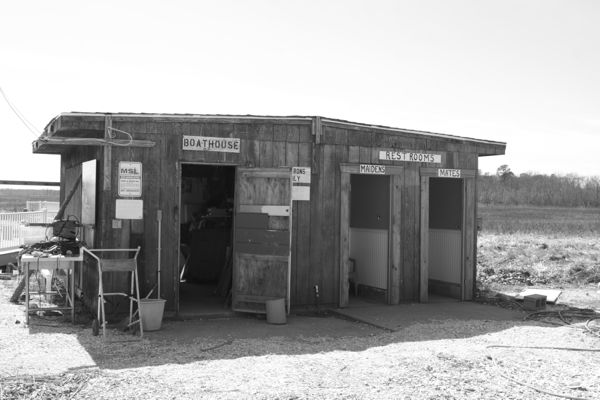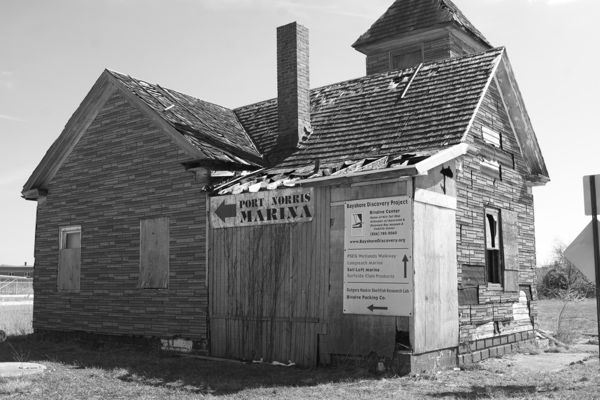Legislators Go All in With Gov. Christie On Sandy Rebuild Madness
Bills Would Strip Local Land Use Power – No Public Access Required
Absurd Proposal to Build Homes on Piers in High Hazard Zones
Legislature Joins Gov. In Ignoring Climate Change Threats
To Bill Wolfe, director of the environmental group NJ PEER, “the Rutgers work shows how the FEMA maps underestimate risks.” He wants to see the new tool formally incorporated by the two agencies. ”Buildings and infrastructure like roads, water and sewer and storm water have useful lives of more than 50 years,” Wolfe said. “What we build today will see the Rutgers elevations.” ~~~ Sea-level map offers disturbing picture of Shore’s future – Philly Inquirer, 3/21/13
Back on March 4, a joint Assembly & Senate Environmental Committee hearing considered “for discussion only” a 9 bill package to guide shore recovery. We testified at that hearing and made specific recommendations, several of which were also made by former DEP Commissioner Mark Mauriello, a coastal expert (see them here).
As a followup, yesterday the Senate Environment Committee took the next step and heard and released a 6 bill package.
I testified and reiterated some of my prior concerns based on the need to conduct FEMA mandated coastal hazard planning that reforms land use in the coastal zone. I advised the Committee of how California’s State Hazard Mitigation Plan describes the land use issues, which are totally ignored in NJ’s plan:
Land use change data for 2000-2005 indicate that hazard information continues to play a very minor role in land use decisions. In addition, land use controls typically remain an insignificant contributor to hazard mitigation efforts. ….
Simply not developing or limiting development to a certain type within hazard areas reduces the potential effects of a hazard dramatically and possibly eliminates any potential losses. While this is a very strong argument for hazard information to play a much larger role in land use decisions (and land use regulation to play a much larger role in hazard mitigation efforts), this change is unlikely to occur due to the inertia of planning and development decision-making.
Governor Christie has rejected consideration of land use reforms and instead chosen to emphasize rebuilding the development that got wiped out. His ONLY reform is reliance on new FEMA building elevations, with reliance on more costly and unsustainable beach replenishment and discredited engineered structures like sea walls and revetments.
[Clarification: The Gov.’s Plan belatedly supported a “neighborhood” scale buyout program from willing sellers, and the Gov. also supports construction of engineered dunes.]
The Legislature has now joined that ship of fools.
(read Tom Johnson’s story at NJ Spotlight: Senate Committee Passes Package of Bills to Speed Post-Sandy Recovery)
None of our recommendations to consider climate change, sea level rise, vulnerability assessment, adaptation, “resilience”, or a Coastal Commission to oversee regional planning were considered – while horrible bills were moved, including a bill that would actually block reform efforts.
And I really mean “horrible” bills – irresponsible, reckless abdications of the Legislature’s responsibility to learn lessons from the Sandy disaster and reform coastal policies and get serious about climate change.
I) Grandfather Existing Development – Rebuild the Same – Repeat Failed Pattern – Block Reform
One bill (S2598) would exempt rebuilding of existing development to meet FEMA “Base Flood Elevations” from local land use laws. This essentially follows Governor Christie’s deregulatory approach.
The DEP already has waived permit requirements for land use reviews under CAFRA, waterfront development and sewer and water infrastructure. Without a DEP permit review, there is no way to implement any reforms – exemption of rebuilding amounts to putting the same highly vulnerable development in the same hazardous locations, a prescription for repeating the mistakes of the past.
Following the Governor’s approach, the Senate bill similarly would block local governments from implementing reforms under the MLUL planning and zoning powers. So, a forward thinking enlightened town could not conduct hazard planning and decide to revise master plans and zoning ordinances to restrict development in high hazard locations, including lands that will be eroded or inundated by high tides, sea level rise and coastal storms.
It will be impossible to implement reforms if existing vulnerable development is allowed to be rebuild with no DEP permit or local land use reviews.
[Note: USGS “LIDAR” is designed to target the most vulnerable locations, so that better protections can be put in place – the bill would block the ability of local governments to plan for a more resilient shore and accomplish USGS objectives:
“This work can help coastal communities understand where they are most vulnerable to future storms,” Stockdon said “and help decision makers at all levels create policies that protect their economic, environmental, and ecological health in the coastal areas most susceptible to extreme storm impacts.”
Remarkably, while the bill was eloquently opposed by the League of municipalities, it was supported – unconditionally – by Jeff Tittel of the Sierra Club, who cited a $25,000 cost for a use variance. I was just floored by that. At least Sean Dixon of Clean OCean Action, who also supported the bill, specifically said the exemptions had to be made a part of a more comprehensive reform agenda for coastal resilience.
[Clarification: the exemption from local land use reviews would only apply to rebuilding that met the new FEMA BFE’s, so it would not be as vulnerable as the development that was wiped out. Again, like the Gov.’s approach, the legislature would ignore land use and rely heavily on elevating structures, instead of a “strategic retreat” approach and expansion of current protected areas of the barrier islands and back bays.]
II) Promote New Development on Piers in “High hazard Areas”
But it gets even worse – check this out.
Current law prohibits new residential development in mapped “coastal high hazard areas”. Atlantic City managed to secure an insane loophole from that law, allowing development of casino’s and hotels on piers along the oceanfront. But, thankfully, no one has been foolish enough to build there, even though it is allowed.
The new FEMA maps include new “coastal high hazard areas” along, among others, portions of the Hudson River, thus blocking proposed new development in those dangerous locations.
But, another bill (S2680), would reverse this longstanding State policy and allow new development of homes, hotels, and commercial development on piers in “coastal high hazard areas”.
III) Failure to Require Public Access
Last, a third bill (S2600) would require DEP to establish a plan and State priorities for beach replenishment projects funded and developed by the US Army Corps of Engineers
While the bill represents an improvement over the existing ad hoc situation where beach replenishment projects are developed and negotiated behind closed doors, the bill defers to the Christie Administration’s hostile policy regarding public access.
The Christie DEP has basically walked away from the public access issue and deferred to local governments, who are hostile to public access and state DEP mandates to provide access and supporting facilities, like parking, restrooms and access points along the shore.
Tim Dillingham of American Littoral Society provided superb testimony in support of requirements for public access – TJ quote captures the essence:
“Federal tax dollars should not be spent to protect private beaches where there is no access,’’ Dillingham told the committee.
IV) A Finger in the Fed’s Eye
NJ is appealing to Congress and the Obama administration for billions of taxpayer dollars to bailout the shore.
At a time when President Obama is calling for cuts to social security and Congress is slashing social safety net programs, it is simply untenable to continue to expect federal taxpayers to continue to provide billions of dollars to pump sand on NJ beaches and subsidize second homes on highly vulnerable barrier islands in conflict with federal policy and sane land use.
By acting so irresponsibly and failing to learn any lessons or make any reforms at the State level, the Legislature is thumbing their nose at Congress and the Obama Administration’s reform policies.
At some point in time, Congress is going to stop the bailouts and/or FEMA will ratchet down on hazard mitigation and land use planning requirements.
Passage of these kind of bills will accelerate federal reform efforts, and perhaps even jeopardize federal funding for NJ restoration.








